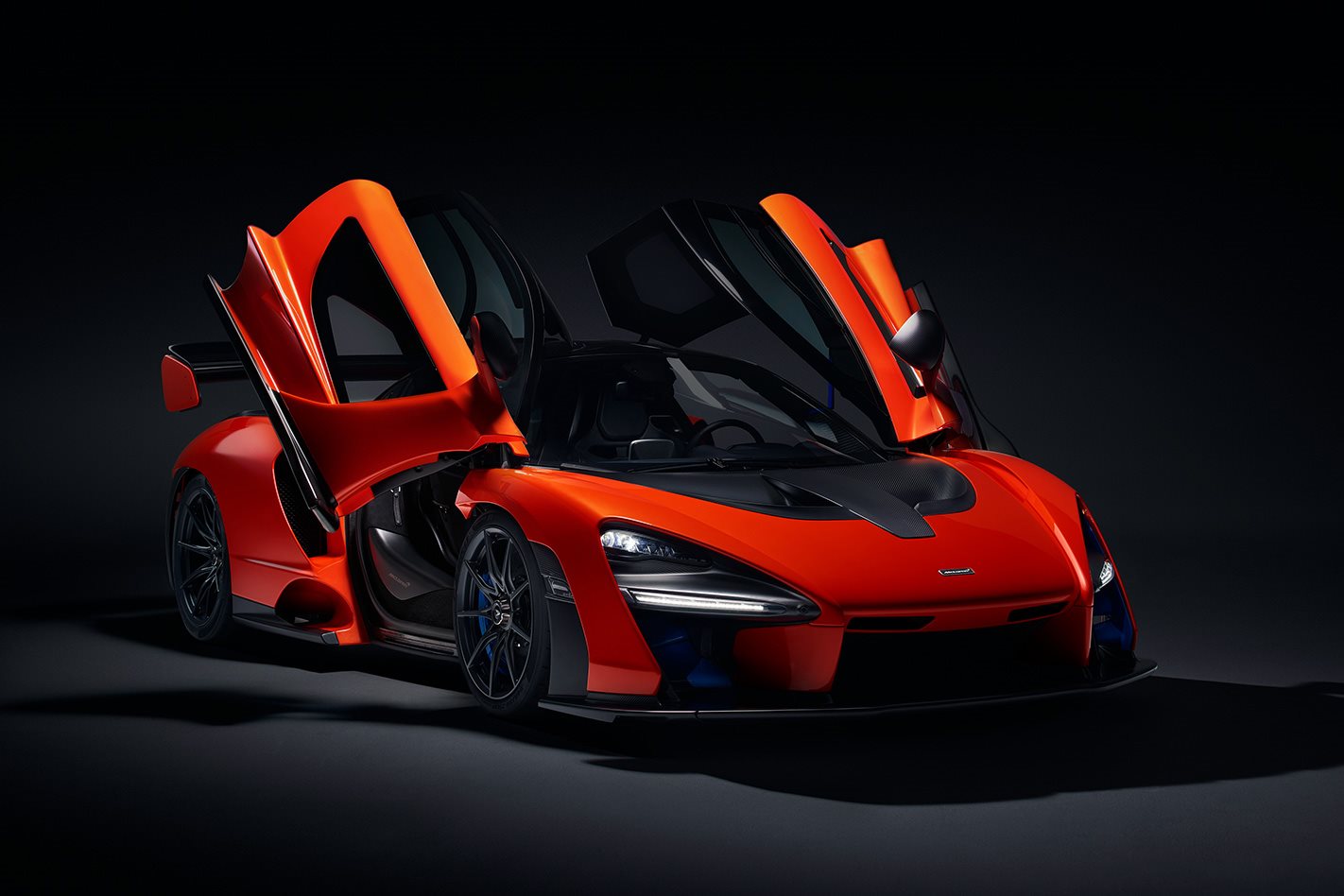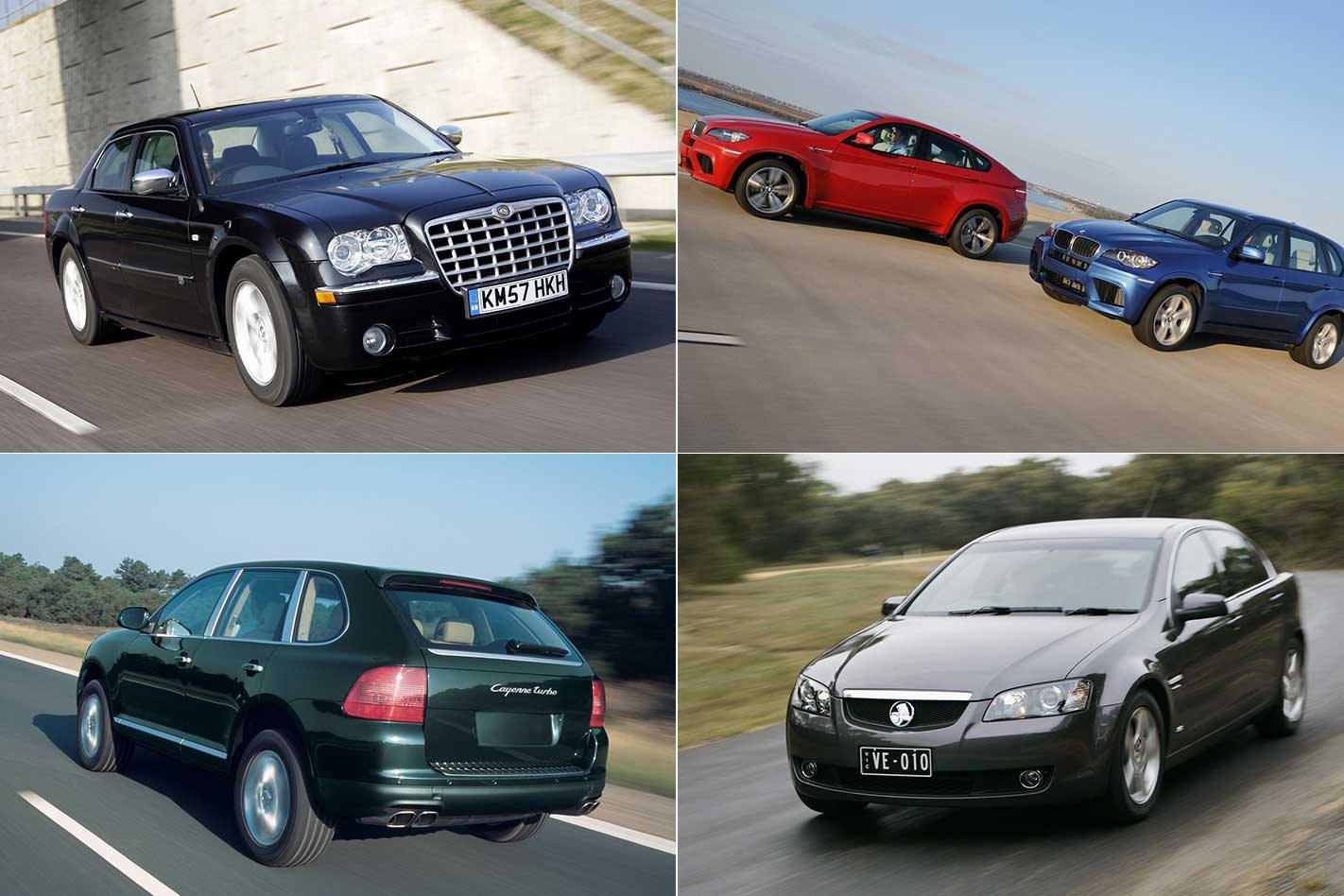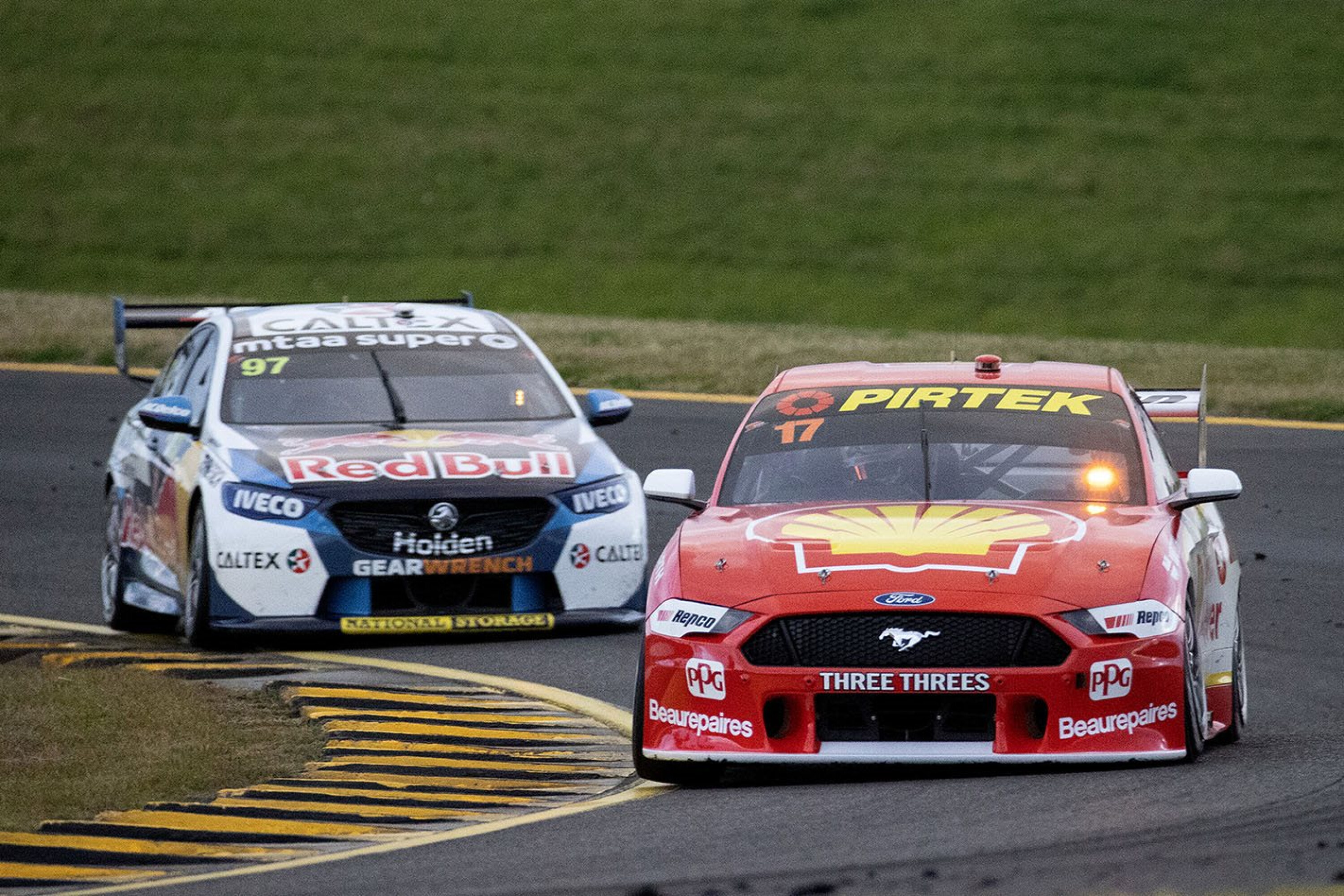
Horsepower, often abbreviated as “hp”, is a unit of measurement for engine power output. The more horsepower a car has, generally, the faster it can go.
Contrary to popular belief, horsepower is still commonly used in Australia, alongside kilowatts (kW), to describe a car’s engine power. This unit is also widely used in the United States and other parts of the world.
Of course, as a mostly metric nation, kW is the standard measurement in Australia – whereas horsepower is favoured in the tuning community.
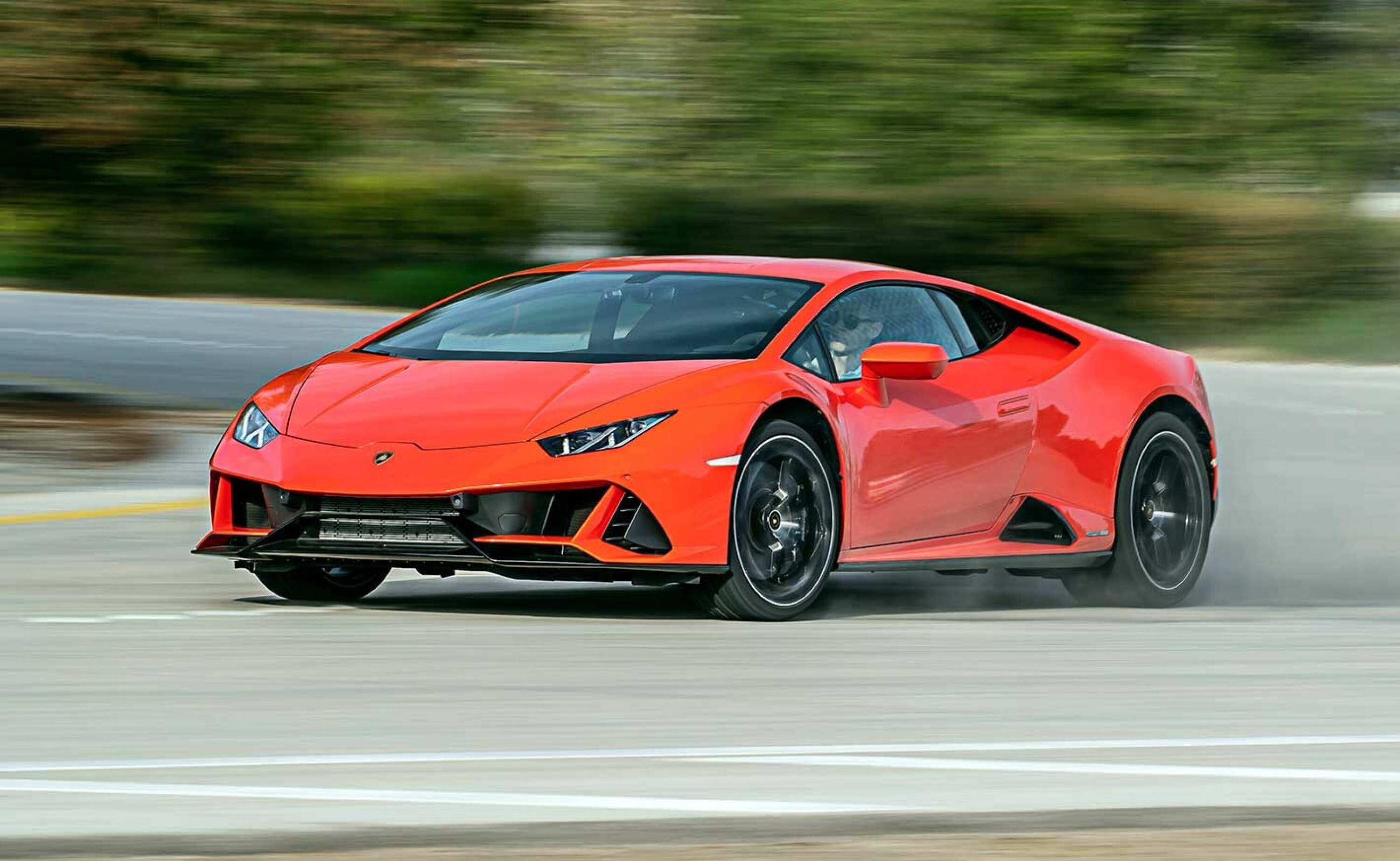
What’s the difference between horsepower and torque?
In the automotive world, torque and horsepower are two critical ways to describe a car’s engine capabilities.
Torque is the measure of an engine’s rotational force. It’s the initial thrust that gets a car moving from a stop and is crucial for tasks like climbing hills or towing. It’s the oomph you feel when you press the accelerator pedal, contributing to rapid acceleration from a standstill.
In Australia, we use the metric Newton Metres (Nm) measurement standard, while the older imperial form is ‘pounds per foot’ (lb-ft).
Horsepower (and kilowatts) is about sustained power output over time. It’s a broader measure that reflects the engine’s overall ability to maintain speed and efficiency during continuous operation, particularly useful in scenarios like highway driving.
Let’s get technical
James Watt, an engineer during the industrial revolution (late 18th century), introduced the term ‘horsepower’. He used it to compare the work capacity of steam engines with that of draft horses.
In terms of modern vehicles, an entry-level Toyota Corolla petrol hatchback, for instance, has 126kW of power. To convert this to horsepower, the formula is 126 kW × 1.34102, equating to approximately 168.97 hp.
It’s ironic, in a sense, that the man who coined the term horsepower is also the person for whom the kilowatt is named – effectively ‘metricising’ his name.
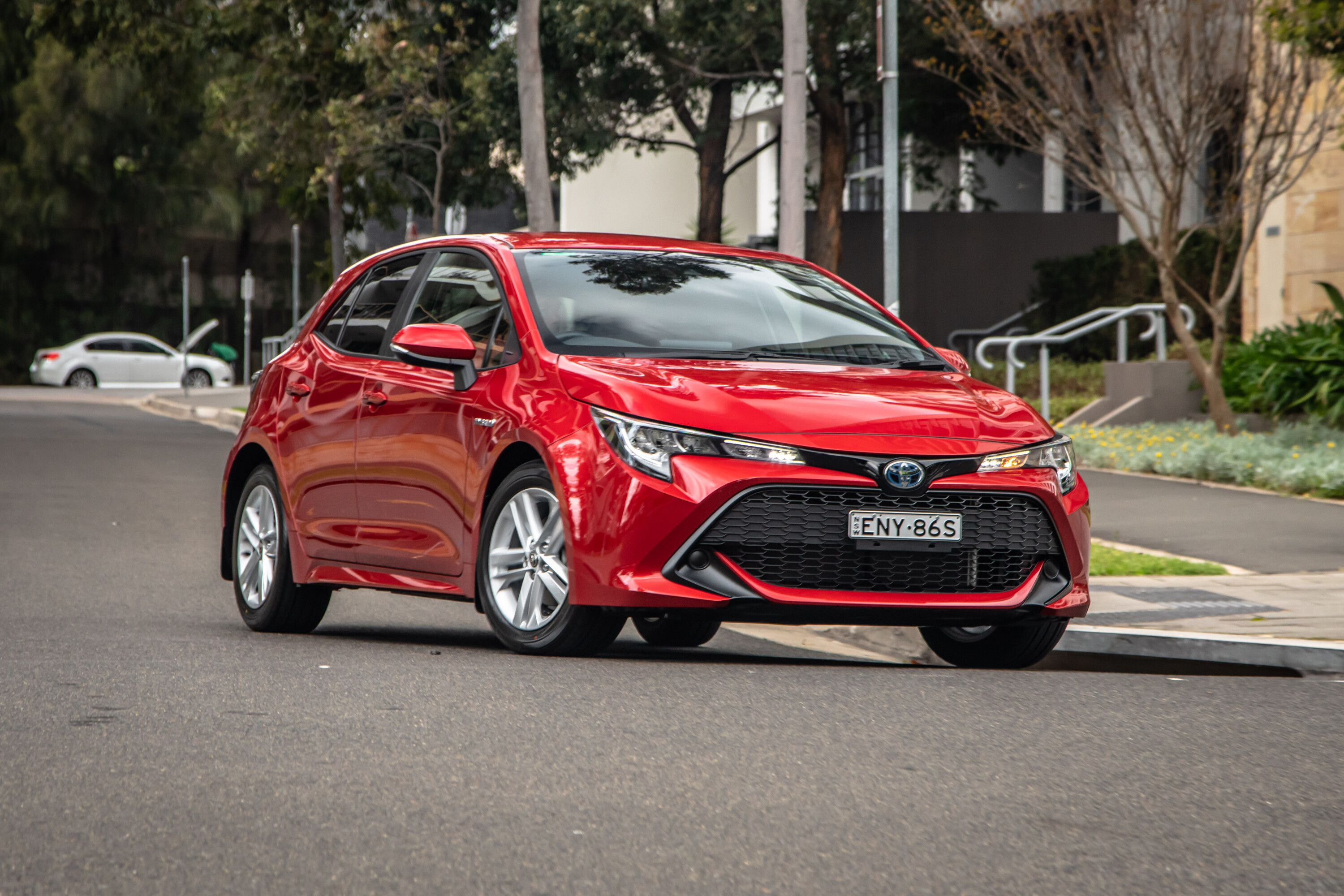
How much horsepower does a horse have?
Interestingly, a horse doesn’t have just 1 horsepower.
James Watt originated the term as something of an easily understood concept. He estimated that a horse could do work at a rate of about 550 foot-pounds per second, which he rounded to one horsepower. The actual power output of a horse can vary widely, obviously.

Horsepower in high-performance Vehicles
A current Formula One car, with its 1.6-litre V6 petrol-electric hybrid engine, can produce over 1000 hp – although this figure can vary among teams and engine specifications.
In the Australian Supercars series, the newer Gen3 Ford Mustang and Chevrolet Camaro feature race-specific V8 engines. Their horsepower outputs can differ based on racing regulations and modifications but are generally in the range of 600 to 640 hp.
For electric vehicle enthusiasts, the Tesla Model 3’s horsepower ranges from about 279 hp to 505 hp in the performance variant, showcasing the impressive capabilities of electric powertrains.
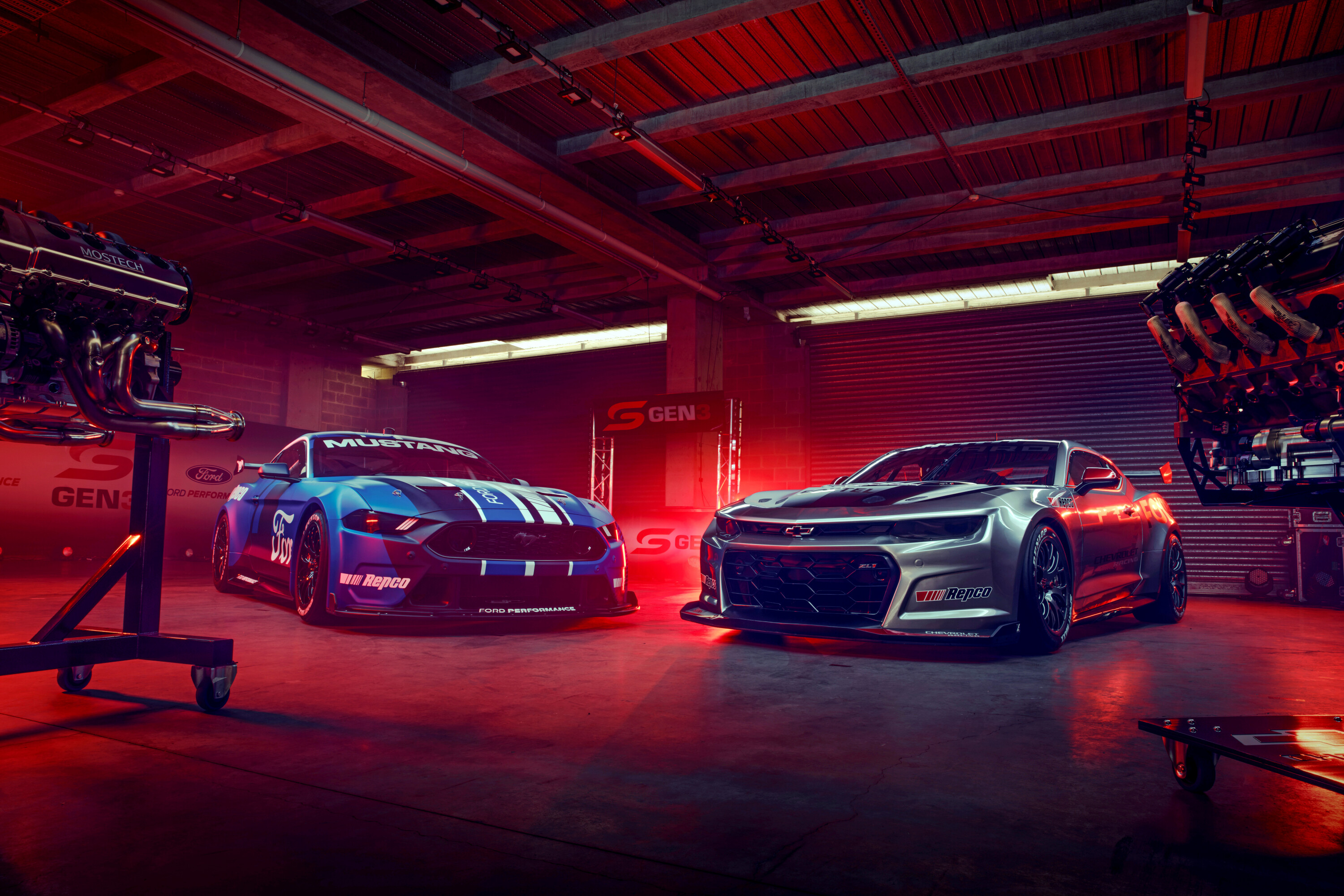
More guides to help you choose the best car & tyres for your needs
- All tyre news & reviews
- Longest warranties & capped-price servicing period
- Buy new or used?
- Best cars for your teenager
- Must-have features for new drivers
- Active safety tech explained
- Australian road rules explained
- Does driving slower save fuel?
- Does my car need the pricier fuel?
- Help, I’ve used the wrong fuel!
- What is a hybrid car?
- How long do tyres last?
- What shoes should I wear to drive?
- What to do after buying a new car
- How much does LCT add to a car’s price?
- The ‘check engine’ light just came on…
- Is it illegal to drive too slowly in Oz?
- FWD v RWD v AWD – which is safer?
- How much can my large SUV tow?


